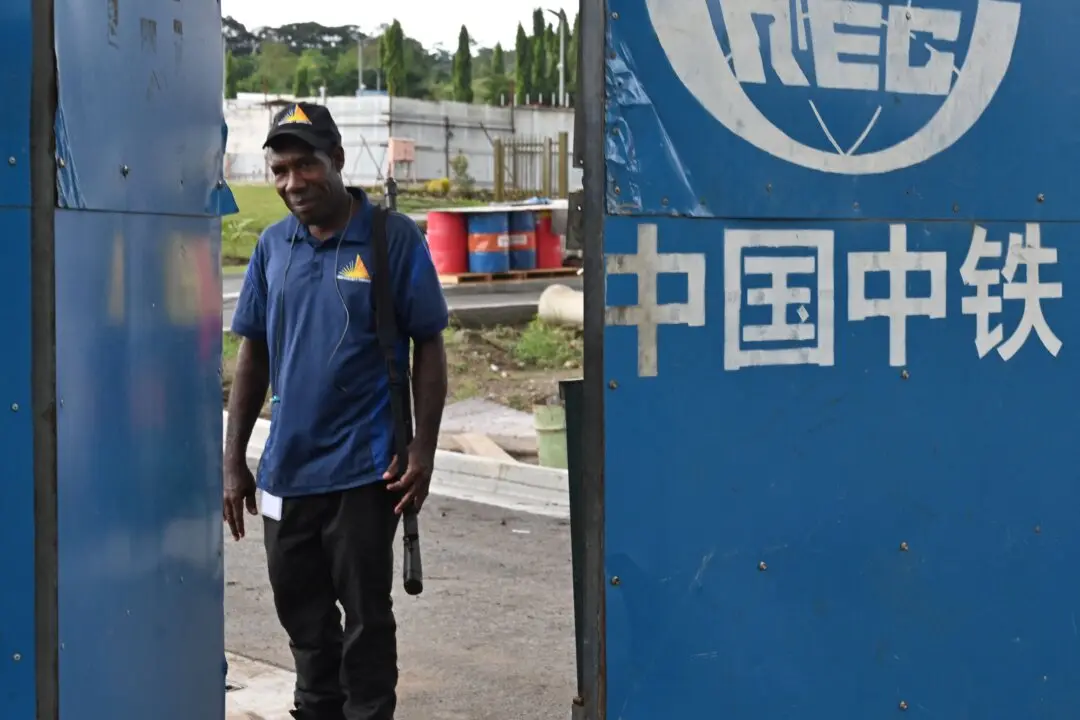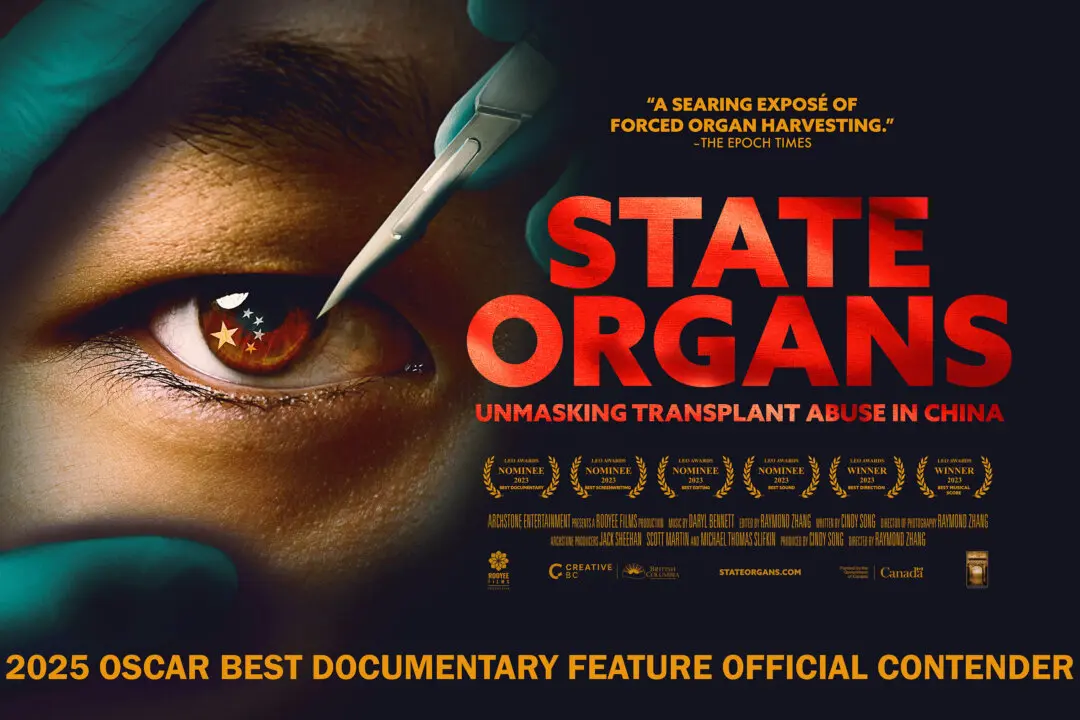A body representing obstetricians says so-called “name and shame” laws aimed at identifying doctors deemed to pose a risk to the public are, at the same time, disincentivising health workers from working in regional areas.
The criticism comes as amendments to the Health Practitioner Regulation National Law come into effect across Australia.





